Plant Radishes in your Garden: [Guide + 12 Steps + Images]
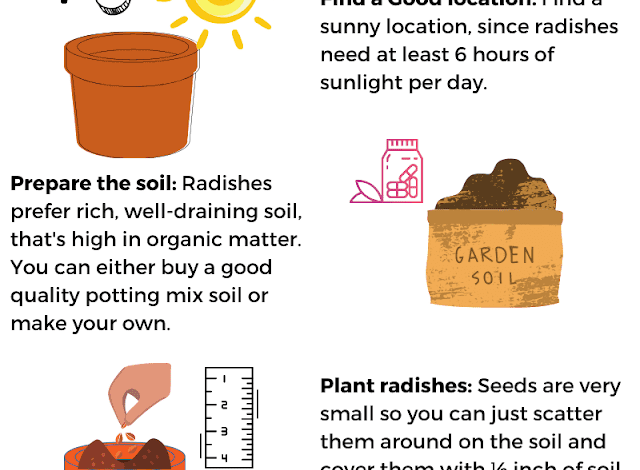
When you think of a radish (Raphanus sativus), you most likely picture a small, round, red, pungent root vegetable. The most popular radishes fit this description, although there are several varieties that differ in appearance.
They can be round or oblong; spicy or mild; red, pink, purple, white or bicolor.
Radishes are annual vegetables in the Brassicaceae family, along with broccoli, cabbage, cauliflower, collard greens. They are planted in spring (for a spring crop) or in late summer (for a fall crop).
And they have a fast growth rate. Some of the smaller varieties mature in as little as 30 days. Larger varieties can make you wait up to 60 days.
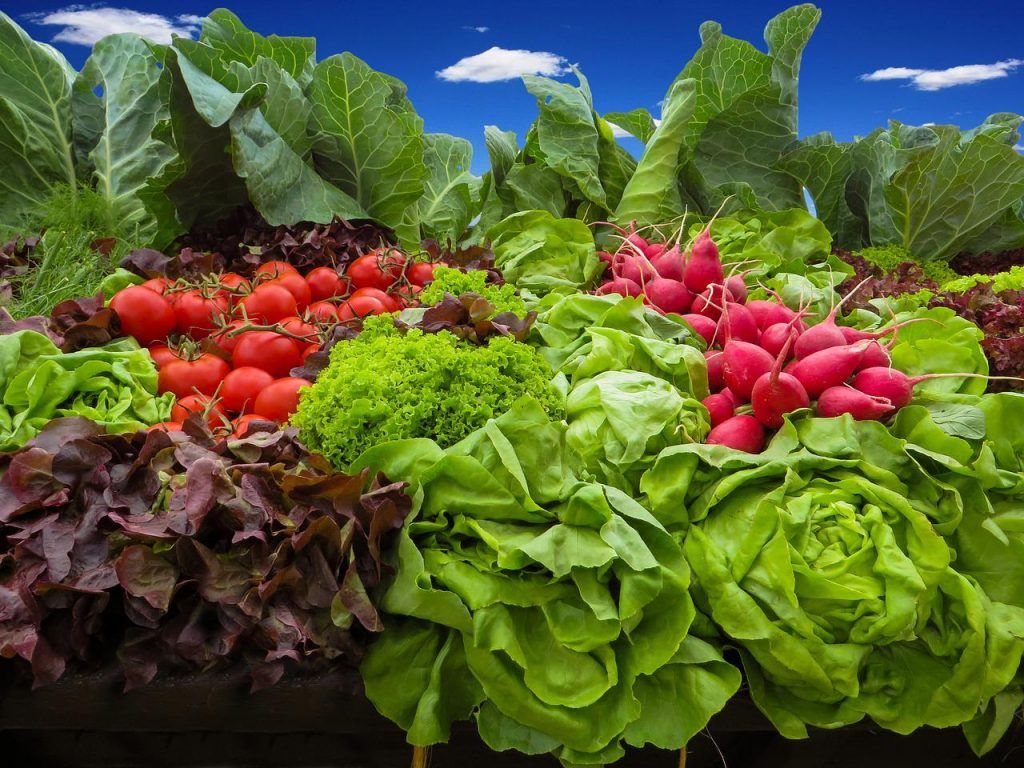
The keys to success:
- When? Practically throughout the year. Preferably in spring or fall.

- Where? It adapts very well to both a lot of sunlight and partial shade. Although it does not handle high temperatures well.
- Harvest time? One month after sowing.
- How do we prepare the land? Removed, well plowed, draining well. If possible with organic fertilizer, although it is not necessary.
- How do we water? Ideal, with drip.
- How often do we water? In summer daily. If the soil is kept moist, but without flooding, the radish grows very quickly.
- How do we sow? See here step by step.
- Favorable associations? Lettuce, spinach and carrots. They are also compatible with chard, celery, eggplant, peas, beans, potatoes, cucumbers, peppers, leeks and tomatoes.
- Unfavorable associations? Cabbage, cauliflower and broccoli.
- Plagues and diseases? Ants, slugs, snails, aphids, downy mildew, and caterpillars.
Radish Characteristics
- Common name: Radish, common radish, garden radish, rabón.
- Botanical name: Raphanus sativus.
- Family: Brassicaceae.
- Type of plant: Annual, vegetable.
- Size: 30 to 50 centimeters.
- Sun exposure: Sun fun.
- Soil type: Clay, sandy, moist, well drained.
- Soil pH: Acidic, neutral (6 to 7).
- Flowering time: Summer.
- Origin area: Asia.
The radish is characterized by being aquick and easy cultivation.
They are not very demanding in terms of nutrients and very resistant.
Also, we can consider radish as a fast growing plant.
They can be consumed in various ways and combined with a wide variety of stews. In addition, thanks to their multiple contributions to health, they represent a nutritious and delicious option.
Learn how to grow your own radishes with the following steps.
When should radishes be sown?
Radish can be sown practically throughout the year, preferably inspring and in autumn.
The harvest usually occurs a month after sowing.
Where to grow radishes?
It prefers temperate climates and it is necessary to protect the crop during high temperatures.
Radishes should be planted in an area offull sun or partial shade.
The optimal temperature is between 18 and 22 ºC.
How often should they be watered?
 The humidity must be regular, although the flow is not abundant. You should keep the beds moist, but not soggy.
The humidity must be regular, although the flow is not abundant. You should keep the beds moist, but not soggy.
Whetherwater frequently and evenly, radishes grow fast.
Although care must be taken to overwater, as otherwise the tubers will grow bulging and hollow.
If watered too little, the tubers can grow with a stringy texture. If the radish is slow to grow, it acquires a woody and very spicy flavor.
How do we prepare the land?
 It adapts to any type of soil, although it prefers deep, clayey and neutral soils. It is intolerant to salinity.
It adapts to any type of soil, although it prefers deep, clayey and neutral soils. It is intolerant to salinity.
The optimal pH should range between 5.5 and 6.8
What are the most favorable associations of radishes?
They pair well with lettuce, spinach, and carrots.
They are also compatible with chard, celery, eggplant, peas, beans, potatoes, cucumbers, peppers, leeks and tomatoes.
They are incompatible with vegetables of the same family, such as cabbage, cauliflower and broccoli.
How to plant radishes step by step
- Clear the ground. It removes weeds and remains of previous crops and all kinds of residues to ensure that your radishes receive the correct amount of nutrients.
- All plants must be pulled out by the roots to prevent them from growing back.
- Prepare the ground.Moisten the soil before planting. This will prevent the seed from easily shifting
- Fertilize the soil. Spread a layer of compost about 1 cm. Compost will help conserve moisture and regulate temperature. If you prefer, you can also apply a good composition of peat and earthworm humus.
- Put the seeds in the soil.Create grooves 2 cm deep, 60 cm apart from each other.
- Then plant 2 or 3 seeds at a depth of 1 cm and cover them lightly.
- Between each hole should be kept a separation distance of 30 centimeters.
- Water often. Make sure that the soil is always moist, but without producing puddles.
- Select the healthiest and strongest seedlings.The seeds will germinate in approximately 10 days.
- If more than one seed has germinated in each hole, keep the strongest one. To do this, do not pull the weak one, as you can damage the leaves. A simple pruning at ground level is sufficient.
- After clarifying, you should pay attention to the time of harvest, which is usually a month, because when the radish is delayed, it cracks and becomes bitter.
How to harvest radishes
They will be ready to harvest when their roots are 3 cm in diameter.
To harvest them, lift the entire plant out of the ground with your hand.
Wash the radishes well with water, making sure that the earth comes off completely. Finally, store them in a cool, dark place for up to 2 weeks.
Common pests and diseases
Some of the most common pests and diseases that affect radish are:
Ants
The seeds are taken after sowing.
To control ants, you can try nasturtiums, lavender and chopped bay leaves.
snails and slugs
Snails and slugs can cause significant damage during the first weeks after germination.
To combat them, it is recommended to collect them manually.
We can prevent the arrival of snails by planting our plants in high places and growing all kinds of aromatic herbs nearby .
Implement a drip irrigation system.
We can also make barriers out of sawdust, ash or egg shells.
To deceive them and prevent them from reaching your crops, you can place a cloth soaked in milk or beer at night and put it around the plants.
aphids
To combat them, potassium soap can be applied to the underside of the plants.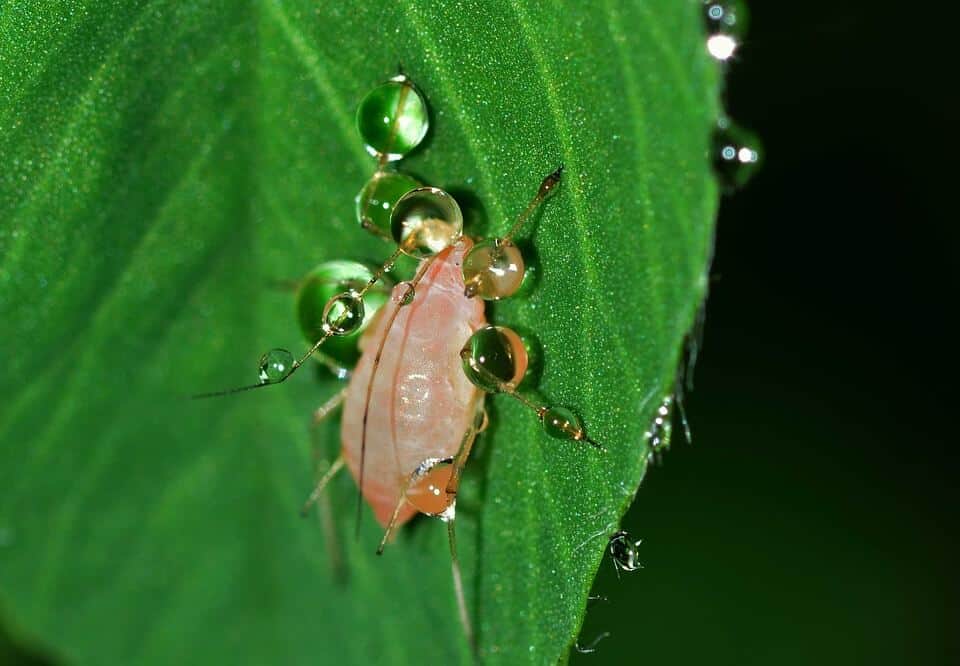
If the plague persists or is very abundant, we will also apply neem extract.
caterpillars
In addition to the holes they leave on the surface of crops, caterpillars can also cause fruit and leaf rot.
Thus, if they remain in the crop for a long time, the damage can be irreversible.
To prevent its appearance, it is recommended to keep the crops clean of weeds and remains of previous crops.
Another form of prevention is to place netting around the crops, as well as pheromone traps and light traps.
To control them, we can use water with biodegradable soap and garlic and chili extract. This mixture is applied very early in the morning or in the afternoon when the plants no longer receive the sun’s rays.
Mildew
The mildew develops inside the leaves, stems and fruits.
To combat it, it is recommended to eliminate weeds and crop debris.
Likewise, excess humidity should be avoided, ventilating the crop.
Horsetail extract or dusted sulfur can also be applied.
To know more, read: Radish varieties.
verticillium wilt
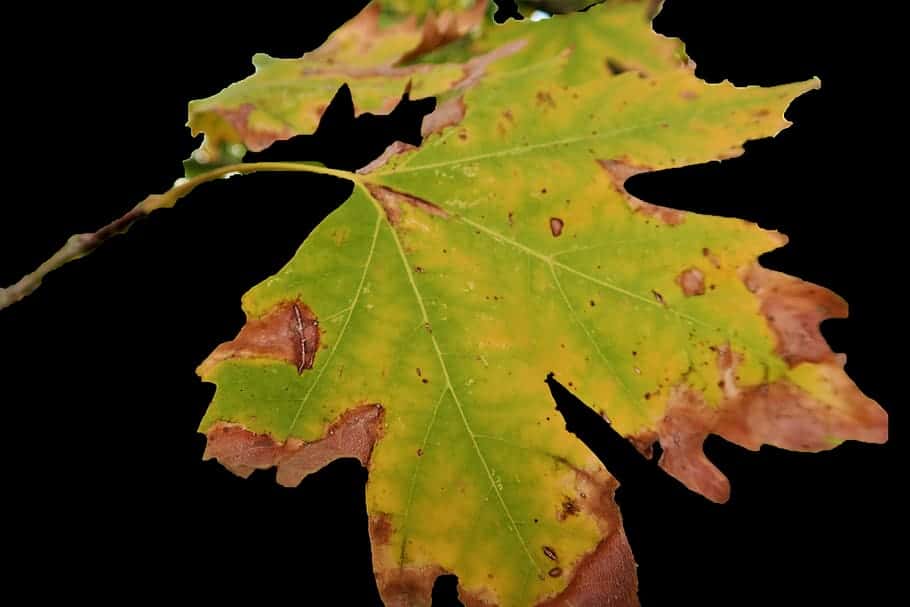 Verticillium or Verticillium wilt is a common soil fungus that thrives in temperate climates around the world and can be present in the soil for decades.
Verticillium or Verticillium wilt is a common soil fungus that thrives in temperate climates around the world and can be present in the soil for decades.
Verticillium wilt overwinters in the soil as dormant mycelium or tiny dormant black structures called microsclerotia, waiting for favorable conditions to return.
They enter damaged plant tissue through the roots and multiply. Many common weeds, such as dandelions and weeds, can be Verticillium host species.
Verticillium wilt is a disease that affects more than 350 species of eudicolous plants. It is caused by six species of Verticillium fungi: Verticillium dahliae, Verticillium albo-atrum, Verticillium longisporum, Verticillium nubilum, Verticillium theobromae, and Verticillium tricorpus.
Many plants with significant economic weight are susceptible, such as cotton, tomatoes, potatoes, oilseed rape, aubergines, peppers, and ornamental plants, as well as others in natural vegetation communities.
Many species and cultivars of eudicots are resistant to the disease, and all monocots, gymnosperms, and ferns are immune. To know more: Verticillium wilt in the Orchard: What is it? How do we identify it?
Care required by the radish plant
Light
Las plantas de rábano necesitan pleno sol, es decir, al menos seis horas de luz solar directa la mayoría de los días. Los rábanos cultivados en demasiada sombra dedicarán su energía al crecimiento de las hojas en lugar del crecimiento de las raíces.
Suelo
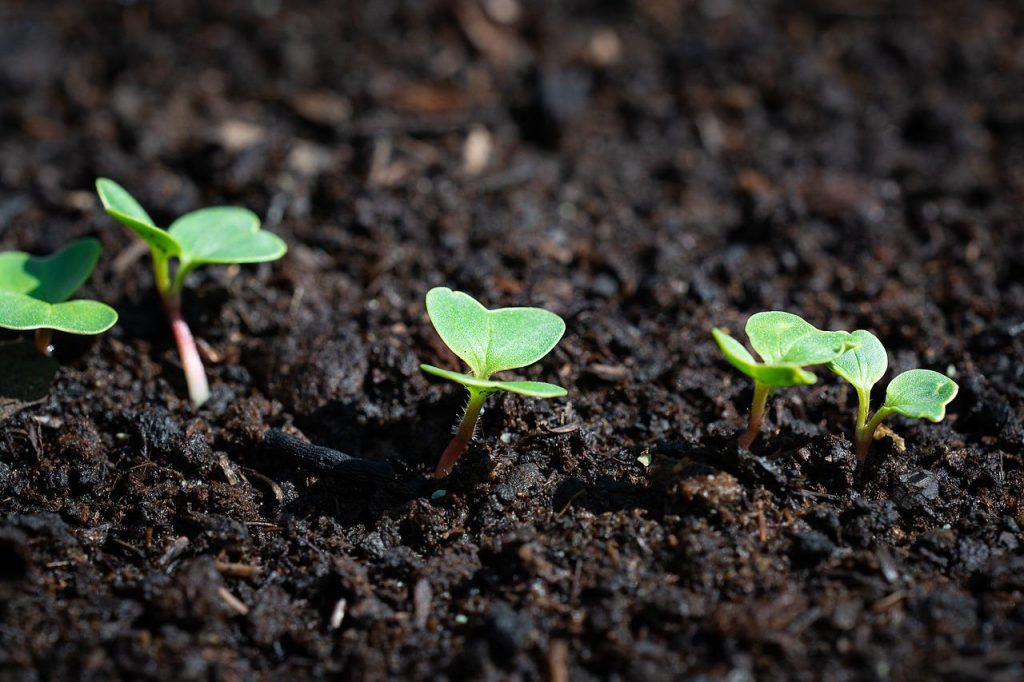
Los rábanos crecen mejor en un suelo rico, limoso o arenoso, que drene bien y tenga un pH entre ligeramente ácido y neutro. El suelo no debe ser pesado ni compactado, ya que las raíces no crecerán bien en esas condiciones.
Agua
Las plantas de rábano suelen necesitar 2,5 cm de agua a la semana.
Too dry soil can cause the plant to bolt (go into a seed) and ruin the flavor of the radishes, making them pungent, and too wet soil can cause the roots to split and rot. A layer of mulch around the plants can help keep the soil moist.
temperature and humidity
Radishes like temperatures between 4º C to 21º C, with 15º C being the best. The heat can cause the plants to bolt and lose quality.
They can become hard and woody or spongy with hollow centers. Also, once the radish bolts, the bulb stops forming. Moisture is not usually a problem, as long as adequate soil moisture is maintained and there is good airflow around the plants.
Fertilizer
If you start with rich soil, you usually won’t need to fertilize your radishes. If you need to improve the soil, add a few centimeters of compost before planting.
The radish harvest
Try to find out when your radish variety should be ready for harvest.
In general, pick it when the roots are around 1 inch in diameter. You can often see the radish’s shoulders rising slightly above the ground line. You may have to rip one up to see if it’s ready. Don’t wait too long to harvest, to ensure a pleasant flavor and tender texture.
To harvest, pull up the plants and cut off both the tops and fine roots. Leaving the leaves on will draw moisture and nutrients from the radish bulb. The leaves can be kept in the refrigerator for a few days and can be eaten fresh or cooked. The bulbs can be stored in the crisper drawer of the refrigerator for one to two weeks.
They ‘re also good fresh or cooked in salads, soups, and more.
How to grow radishes in pots
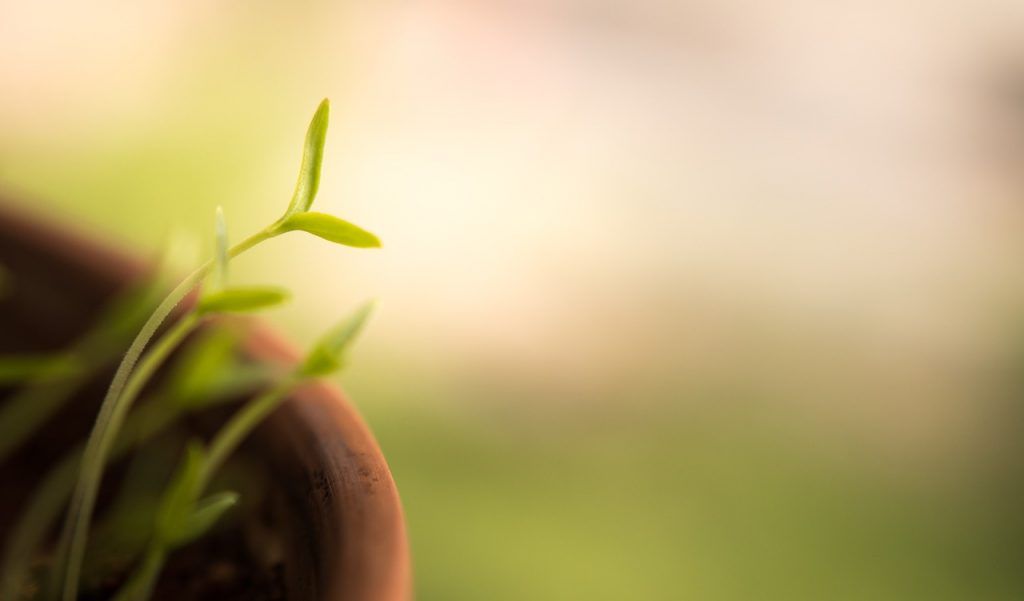
Pot growing is a good option if you don’t have garden space or the loose soil that radishes need. The roots of common radishes are shallow, so they don’t require such a deep pot.
But it is better to grow a round variety, rather than a long one, to ensure that it has enough space to develop.
A container about 20 to 30 cm wide and deep should be fine.
It should also have ample drainage holes. Unglazed clay containers are ideal because they allow excess soil moisture to evaporate through their walls, which helps prevent root rot. Use any high quality potting soil. Containers dry out more quickly and need more watering than in-ground gardens. Keep a close eye on humidity.
Pruning
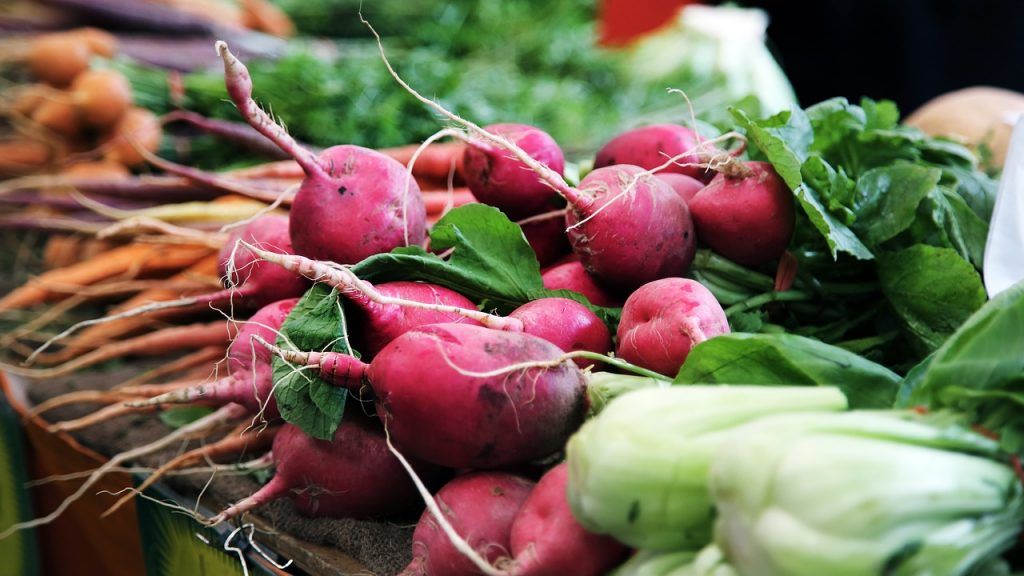
You will not need to do any pruning on your radish plants beyond thinning out the seedlings. If the radishes remain crowded, they will not develop properly. Fortunately, you can eat the seedlings you thin out. Cut them at ground level instead of pulling up their roots so as not to disturb the roots of neighboring plants.

![Photo of Vine Diseases: [Characteristics, Types, Detection and Treatment]](https://www.complete-gardening.com/wp-content/uploads/2022/08/vine-diseases-characteristics-types-detection-and-treatment-390x220.jpg)
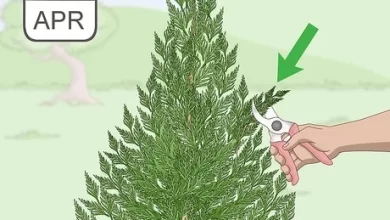
![Photo of Cruciferous Moths (Plutella xylostella): [Characteristics, Detection, Effects and Treatment]](https://www.complete-gardening.com/wp-content/uploads/2022/08/cruciferous-moths-plutella-xylostella-characteristics-detection-effects-and-treatment-390x220.jpg)
